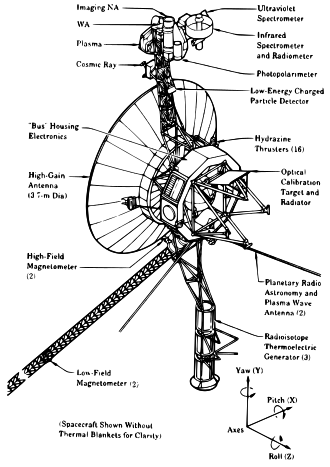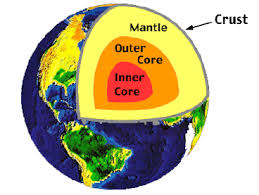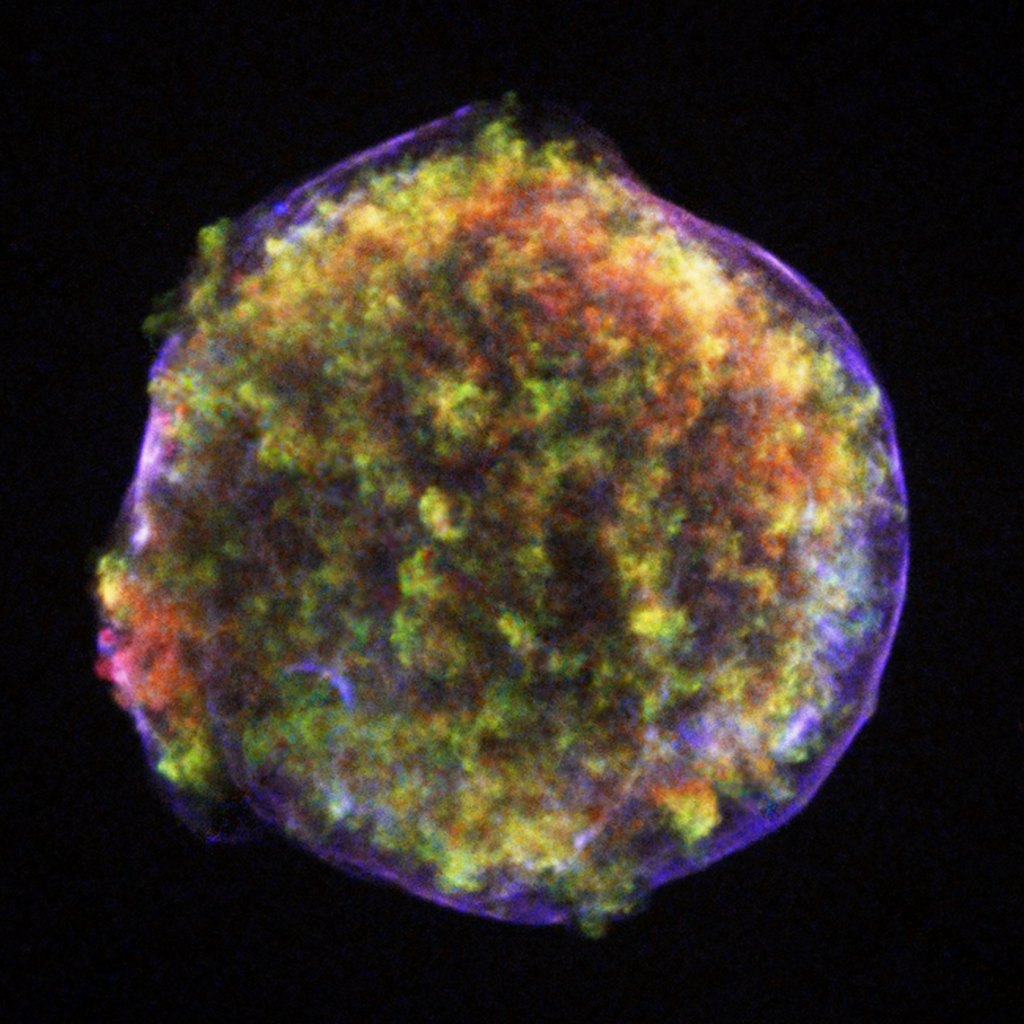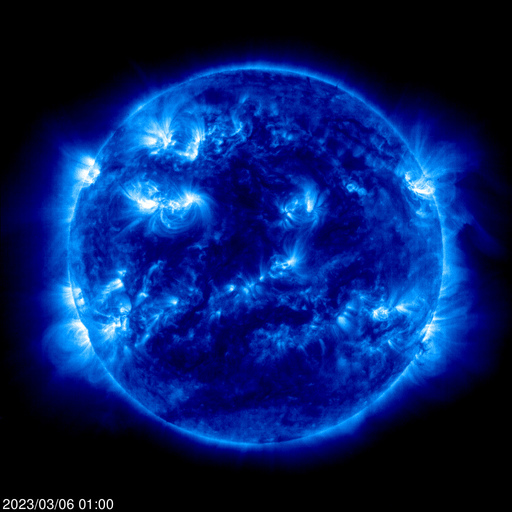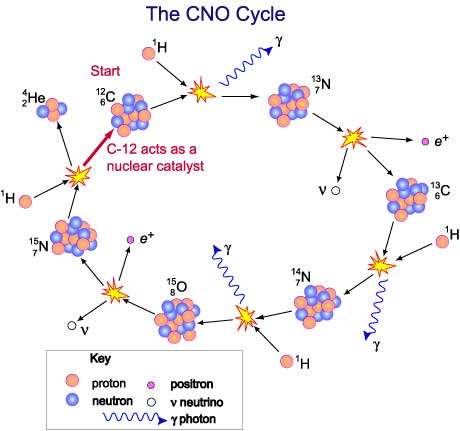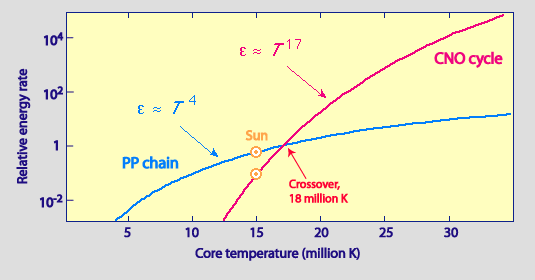Voyager 1 is the farthest human-made object from Earth (Space.com). Voyager 1 is a space probe, launched in 1977 with the mission to explore the outer planets of the Solar System. Voyager 2, its twin probe, was actually launched first, with a slower, more meandering trajectory past Jupiter, Saturn, Uranus, and Neptune. Voyager 1 soon overtook 2, since its trajectory focused on Jupiter and Saturn, allowing it to take a more optimal gravitational path to those planets.

Voyager 1 is currently 14.6 billion miles from Earth, which is equivalent to about 157 Earth-Sun distances, or 4 Pluto-Sun distances. Voyager 1 has crossed the heliopause, which means that it has exited the heliosphere–the 100 AU radius bubble of space around the Sun that constitutes the magnetosphere and outermost atmospheric layer of the Sun. This space is the domain of solar wind, and outside of the heliosphere, solar plasma is replaced by the interstellar plasma that permeates the galaxy. Thus, Voyager 1 is considered to have entered interstellar space, even though it is still far from reaching the Oort Cloud–the predicted spherical region of icy objects 2,000-100,000 AU from the Sun. Even though Voyager 1 is speeding through interstellar space at 38,000 mph (17 km/s), it will not encounter the Oort Cloud for 300 years, or exit it for 30,000 years (NASA). In 40,000 years, Voyager 1 will reach another star–drifting within the 1.6 light-year vicinity of Gliese 445 within the constellation Camelopardalis. At this time, Gliese 445 will be tied for the closest star to the Sun (Wikipedia).
The possibility of a near encounter with another star system calls to attention another important feature of the Voyager probes: the Voyager Golden Records–two phonograph records containing the sights and sounds of Earth, intended to communicate a frozen-in-time story of Earth to potential extraterrestrials. Engraved on the cover of the records are instructions for playing the records, a description of the location of the solar system with respect to 14 pulsars, and a drawing indicating that the time interval associated with hydrogen’s transition between two states should be used as a fundamental time scale (NASA). A source of Uranium-238 electroplated onto the cover is intended to provide a way to calculate how old the record is using radioactive dating.

I am torn regarding my opinion of the decision to include the Golden Records on the Voyager missions. On one hand, it is extraordinarily romantic–the records include natural sounds of earth, like of the ocean, wind, thunder, and animals; as well as human audio sources, like greetings in 55 languages, laughter, and music from around the world. There are images of scientific interest, showing our understanding of math, physics, astronomy, and biology. There are images of Earth, showing food, architecture, and people of all ages and sexes in all sorts of scenarios. The records are a sort of love letter to Earth, allowing our society to live on in memory, somewhere in the universe, even if we are no longer around to know about it.
On the other hand, I have concerns about the implications of our exact address in the galaxy being broadcast into the ether–what if aliens find our records, decode our messages, and aren’t altogether very nice? If we are still around in 40,000 years, or longer, considering that the Golden Records are expected to still be at least partially intact in 5 billion years (Space.com), we might be in some trouble if this extraterrestrial civilization rivals or exceeds our technological advancement. The fact that the records do not include any images that suggest that Earth has any kind of defense mechanisms might contribute to this problem–extraterrestrials might assume that we are easy targets (Retrospect Journal), but on the other hand, might recognize that the lack of visible defense mechanisms does not imply that they don’t exist. Perhaps they will deem us too far away, or will conclude that we probably haven’t survived the past 40,000 years anyway, so it’s not altogether worth it to try to come kill us.
All in all, I’m not sure whether or not I think Voyager 1 and its Golden Record will pave the way for humanity’s doom, but it’s comforting to know that the beauty of Earth will live on, long beyond the start of its era of uninhabitability for humans (Science). What do you think about this dilemma?




